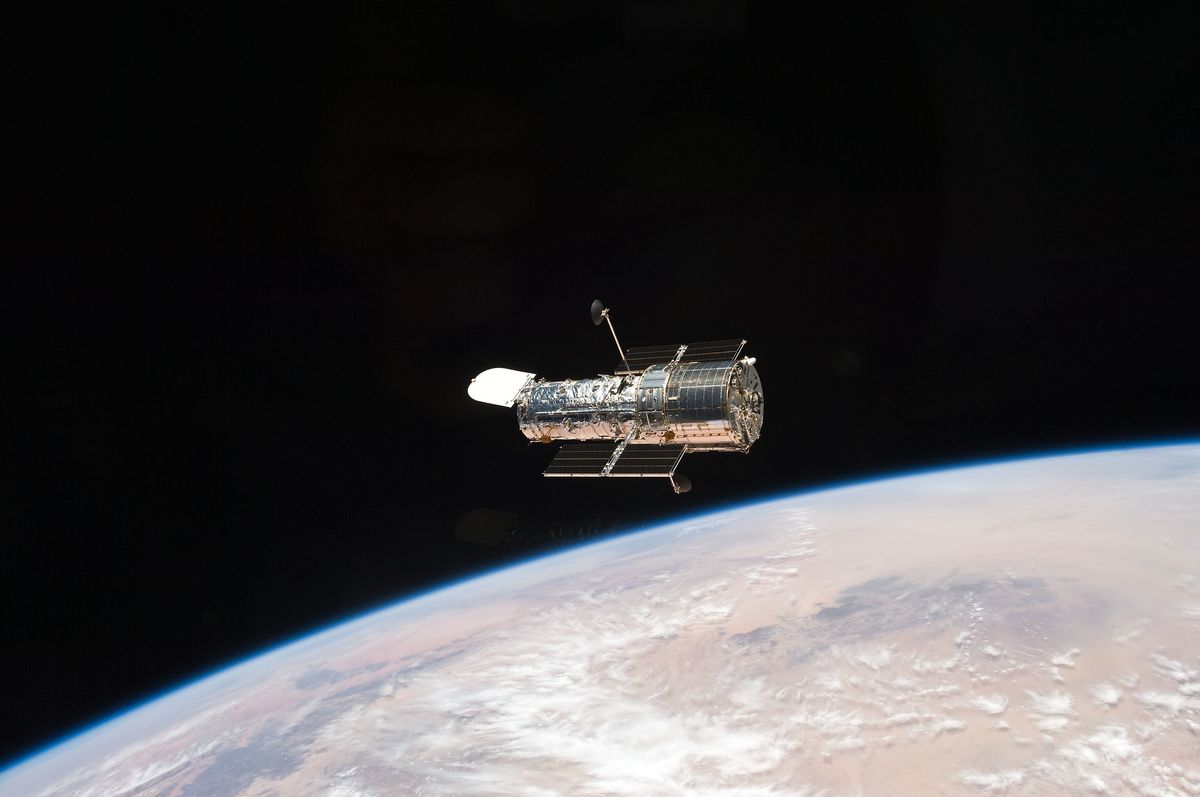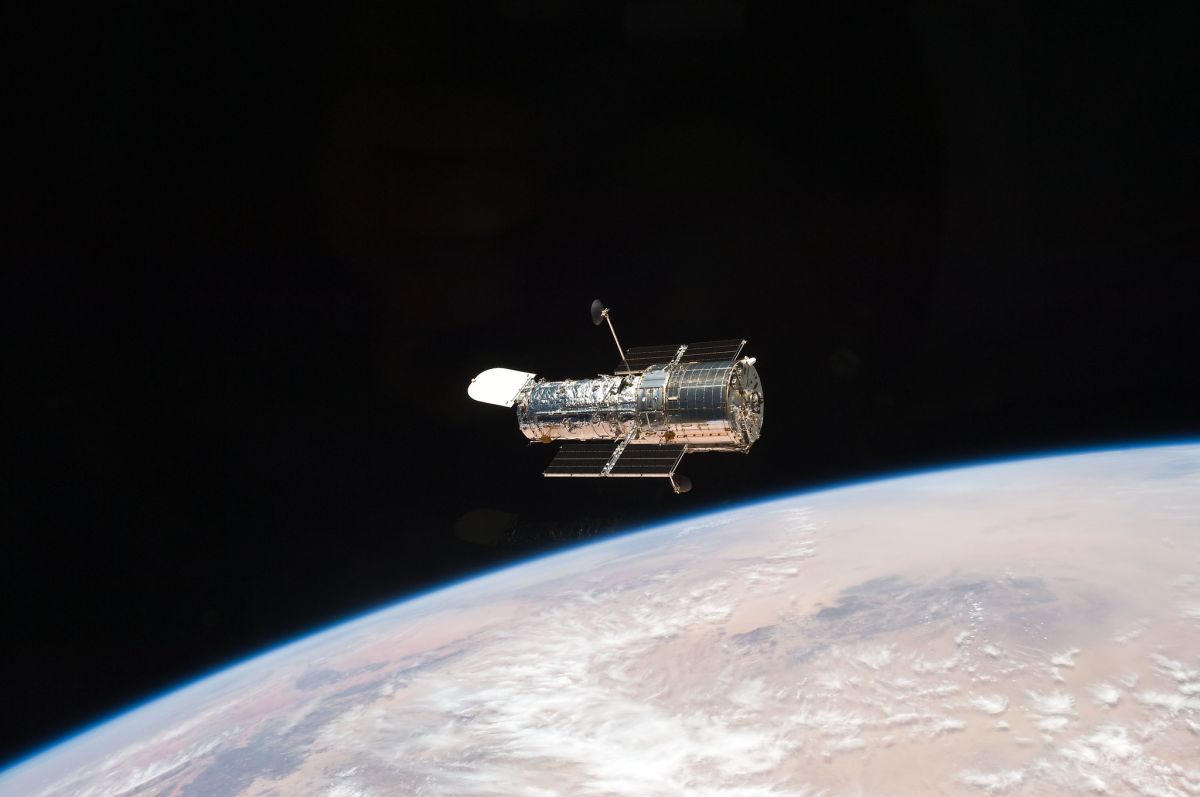
The Hubble Space Telescope continues to bounce back from its latest glitch.
In late October, the famous space observatory suffered a problem with the synchronization of its internal messaging, causing all five of its main scientific instruments to go into a protective “safe mode.”
Hubble team members managed to bring one instrument, the Advanced Camera for Surveys (ACS), back online on Nov. 7. And they just scored another success, recovering the observatory’s Wide Field Camera 3 (WFC3) on Sunday (Nov. 21), NASA officials wrote in an update Monday (Nov. 22). The WFC3 is scheduled to resume science observations on Tuesday (Nov. 23), agency officials added.
Related: The best Hubble Space Telescope images of all time!
The Hubble team recovered the ACS and WFC3 without making significant changes to their parameters. But engineers have been devising and testing potential changes as they’ve worked to bring the instruments back, while investigating the root cause of the synchronization issue as well.
“These changes would allow the instruments to handle several missed synchronization messages while continuing to operate normally if they occur in the future,” NASA officials wrote in Monday’s update.
“These changes will first be applied to another instrument, the Cosmic Origins Spectrograph, to further protect its sensitive far-ultraviolet detector,” they added. “It will take the team several weeks to complete the testing and upload the changes to the spacecraft.”
The WFC3 is Hubble’s most heavily used instrument, representing more than one-third of its observing time, NASA officials said. The WFC3 was installed by spacewalking astronauts in 2009, during the last of five servicing missions to Hubble.
Related stories:
Those missions repaired, maintained and upgraded the telescope, which launched to Earth orbit in April 1990. Such attention explains how Hubble has remained so active and productive for more than 30 years.
Still, the scope has begun to show some signs of its advanced age recently. For example, the entire observatory went offline for more than a month this summer after suffering a glitch with its main payload computer. The Hubble team eventually fixed that problem by switching to backup hardware.
Hubble’s five main science instruments today are the ACS, WFC3, the Cosmic Origins Spectrograph, the Space Telescope Imaging Spectrograph and the Near Infrared Camera and Multi-Object Spectrometer. The telescope’s fine guidance sensors can collect scientific data as well.
Mike Wall is the author of “Out There” (Grand Central Publishing, 2018; illustrated by Karl Tate), a book about the search for alien life. Follow him on Twitter @michaeldwall. Follow us on Twitter @Spacedotcom or on Facebook.



